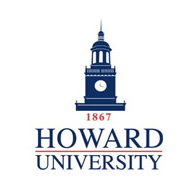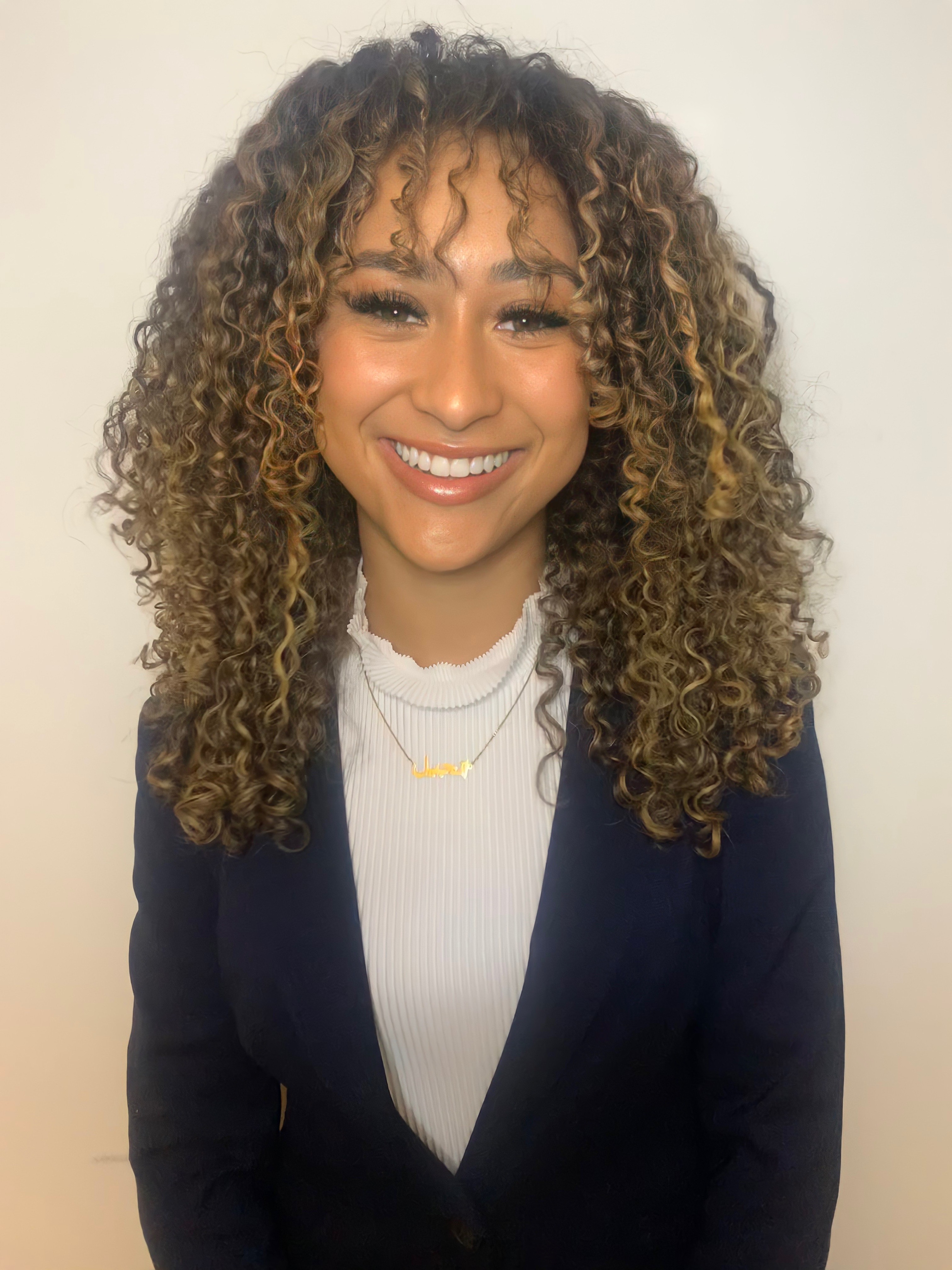Below is a summary of the abstract you submitted. Presenting author(s) is shown in bold.
If any changes need to be made, you can modify the abstract or change the authors.
You can also download a .docx version of this abstract.
If there are any problems, please email Dan at dar78@pitt.edu and he'll take care of them!
This abstract was last modified on March 15, 2022 at 10:07 a.m..

Mycobacteriophages Burton (A1), CaseJules (K1), Coleslaw (G1), Devera (K1), Durfee (K1), Pokerus (K1), and ShiaSurprise (K1) from Hope College, Indra (A6) and Lakes (A2) from Howard University, and Phelipe (A4) from the University of Pittsburgh were isolated from enriched soil samples using the host bacterium Mycobacterium smegmatis mc2 155. All ten siphoviridae phages were isolated and characterized at their respective home institutions, then sequenced at the Pittsburgh Bacteriophage Institute. The genomes were then annotated by first-year students at Howard University during the 2020-2021 academic year. Sequencing coverage was 81 – 621x across the genomes. Genome size ranged from 41,893 to 60,618 base pairs, with the G+C content ranging between 61.5% and 66.6%. Within each cluster, the genomes displayed 99 to 99.89% nucleotide similarity to each other. The genomes were annotated using PECAAN with a cutoff E-value of 10e-4 used for HHpred and BLASTp evaluations. In the genomes of Burton, Indra and Phelipe, the HNH endonuclease and terminase subunits were next to each other. This organization of the DNA packaging proteins was not observed in any of the other genomes. The only subcluster G1 phage annotated, Coleslaw, was distinct from the other phages in this analysis with its centrally located immunity cassette made up of the tyrosine integrase and immunity repressor (genes 32&33). The A2 phage, Lakes, and K1 phages were consistent with others in their respective subclusters.


